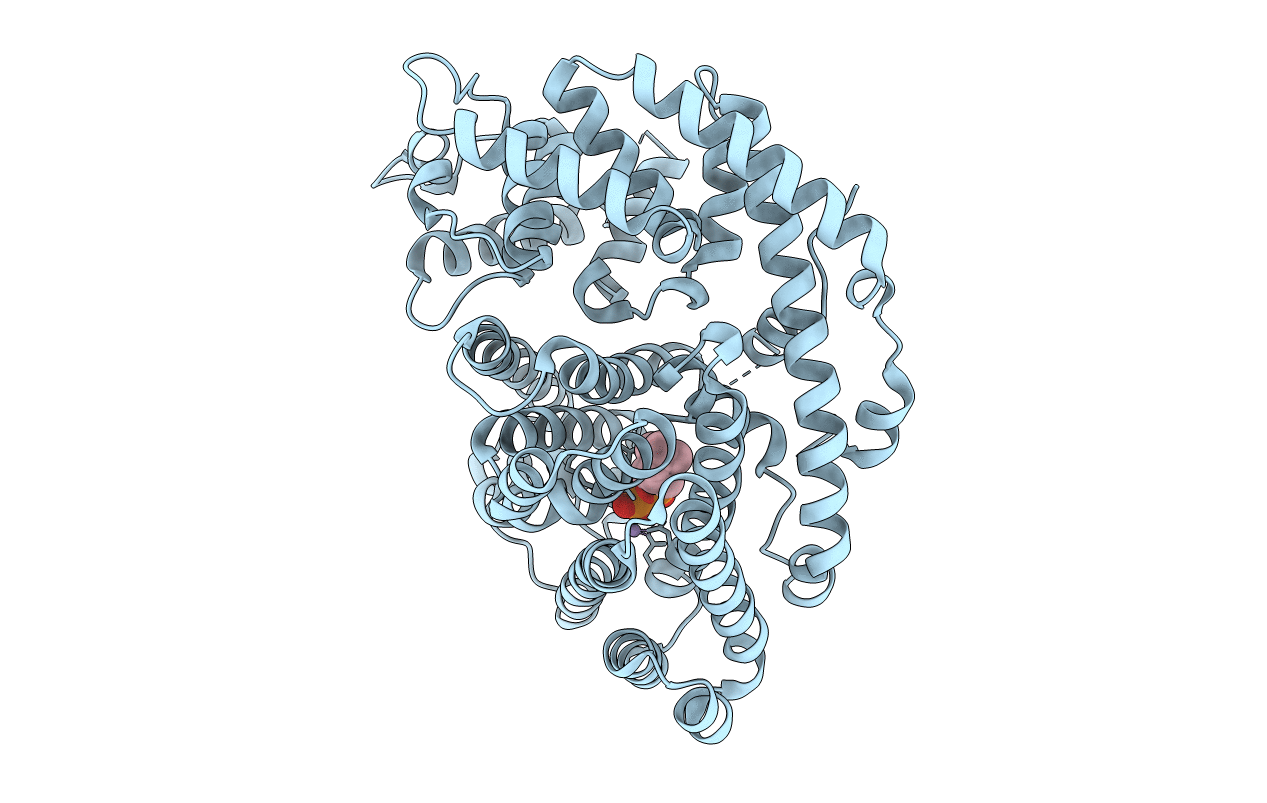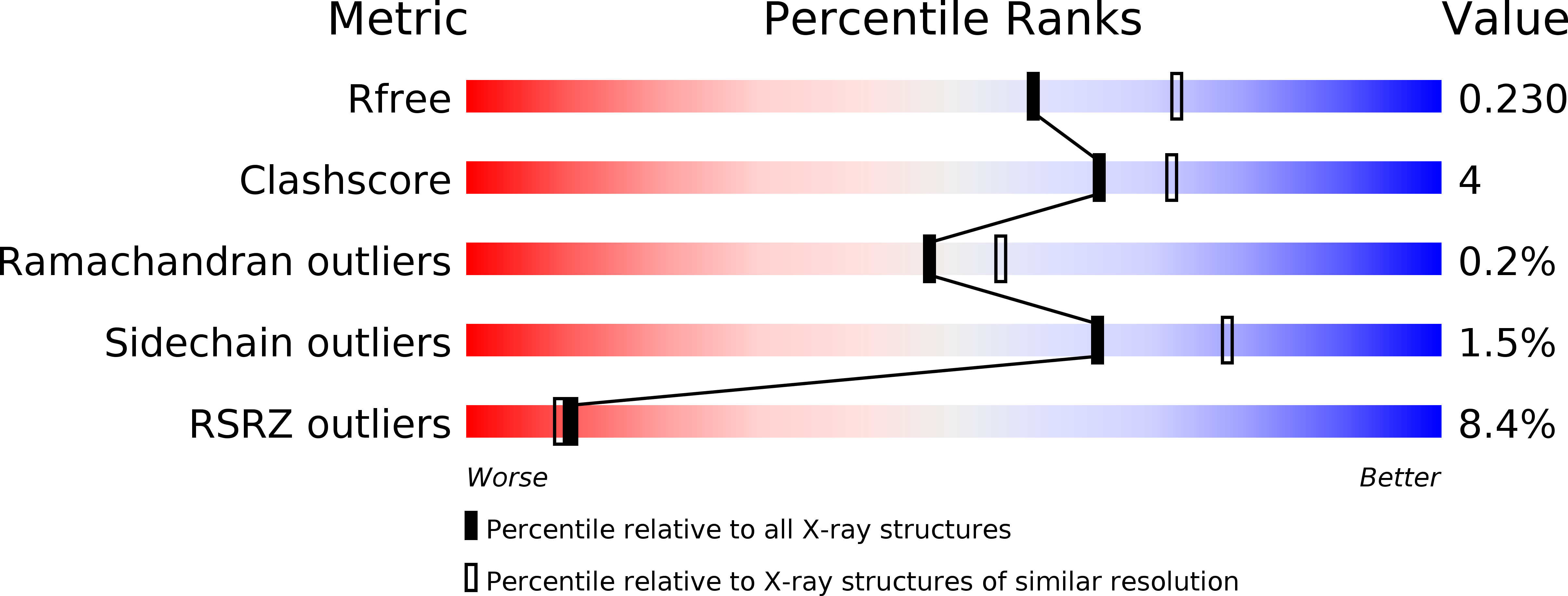
Deposition Date
2017-02-17
Release Date
2017-03-22
Last Version Date
2023-10-04
Entry Detail
PDB ID:
5UV2
Keywords:
Title:
Crystal Structure of (+)-Limonene Synthase Complexed with 2-Fluoroneryl Diphosphate
Biological Source:
Source Organism:
Citrus sinensis (Taxon ID: 2711)
Host Organism:
Method Details:
Experimental Method:
Resolution:
2.20 Å
R-Value Free:
0.22
R-Value Work:
0.19
R-Value Observed:
0.19
Space Group:
P 41 21 2


